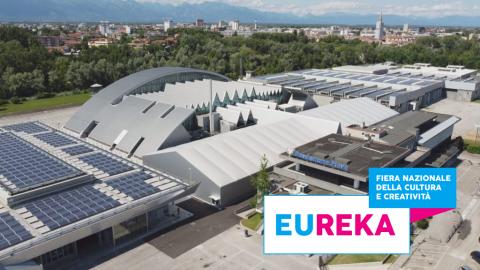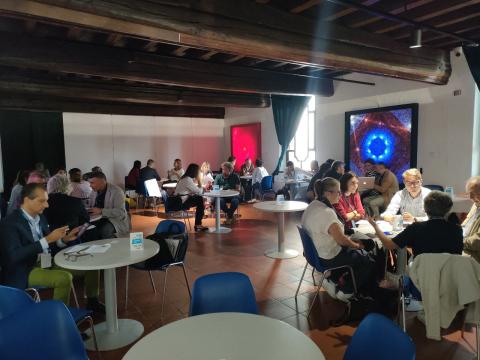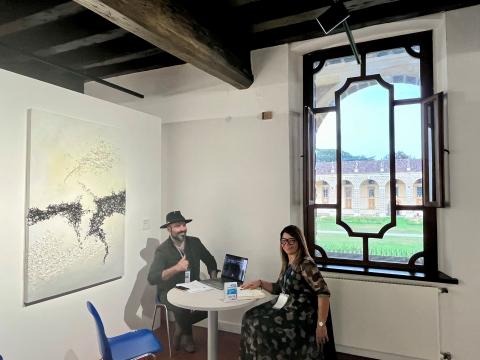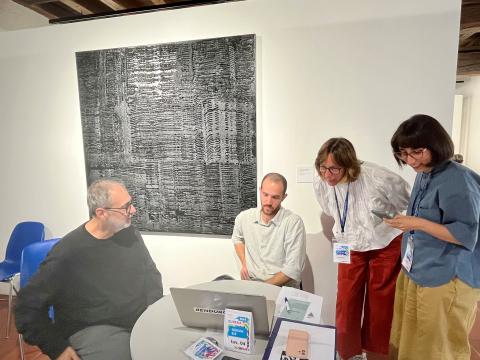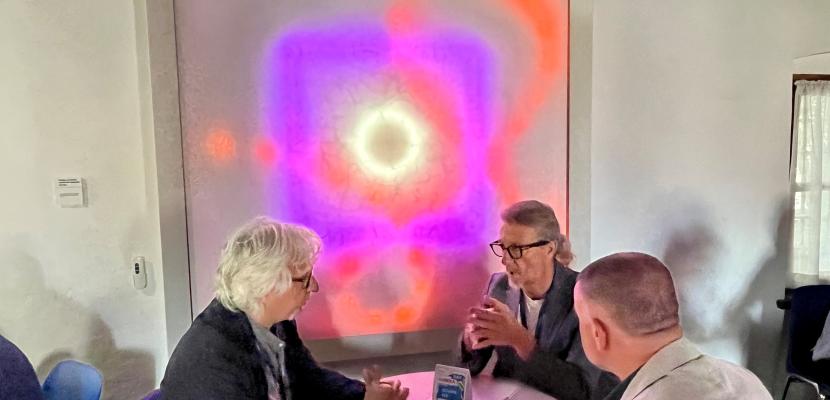
EUREKA – Fair for culture and creativity

About this good practice
Cultural and Creative Sector (CCS) in FVGAR counts 5.038 Cultural and Creative Industries (CCIs), over 31.500 employees and it is worth 6% of the Regional GDP.
Although FVGAR CCS represents 5,5% of total value-added economy and 5,8% in terms of employment, there is a lack of support for the sector compared to other entrepreneurial regional fields (1).
Aim of EUREKA Fair was to fill this gap by prioritising and supporting CCS of the Region through valorisation of its enterprises and products.
EUREKA Fair represented an opportunity for local CCIs to present themselves to the public, share projects and meet local companies, both cultural and creative and traditional, through participation in B2B meetings.
In spite of COVID-19 pandemic, more than 75 CCIs were involved in the initiative, many exhibitors presented their activities with their own stand, and 63 enterprises were involved in more than 200 B2B meetings.
Several cooperations were born such as “Emotionhall Live”–first permanent interactive museum inside a shopping mall.
The Fair achieved a great success, thus Regional Government decided to make initiative replicable every 2 years.
Stakeholders: Chambers of Commerce, Regional Dept. in charge of economy, culture and education, Bank Institutions, Promoturismo FVG – Regional Body for tourism, Universities.
Beneficiaries: CCIs, SMEs, Local services providers.
1 Symbola Foundation, annual Report “Io sono cultura”, Edition 2023
Resources needed
EUREKA 2022:
96.380,00€ (EU funds)
Human resources:
-Regional staff,3 people
-Regional Development Agency(Informest),3 people
-Pordenone Fair, 3 people
-Promoturismo FVG–Regional Body for tourism,2 people
Regional Government’s resources, other editions:
50.000€ for 2023
450.000€ for years 2024-2026
Evidence of success
The success of the EUREKA Fair can be measured in the following figures:
- 75 CCIs involved;
- 12 stands purchased by CCIs;
- 200 B2B meetings;
Visitors to conventions: more than 400 people
Potential for learning or transfer
The EUREKA Fair is a unique example of a synergic relationship between CCIs and the economic sector. Although CCIs are crucial for the economic development, they often cover a marginal role. The Fair offers a new type of approach that can be reproduced in other European countries, particularly countries where CCIs are widespread and represent an important part of the economy (2).
The Fair is replicable in the European scenario, since all countries deal with problems connected to the vulnerability of CCIs. The proposed practice leads to the valorisation of CCIs by exploiting the trade fair system, an instrument already present and applied at European level, and that only needs to be applied to CCIs as well.
2 Council Conclusions on building a European Strategy for the Cultural and Creative Industries Ecosystem (2022/C 160/06)
